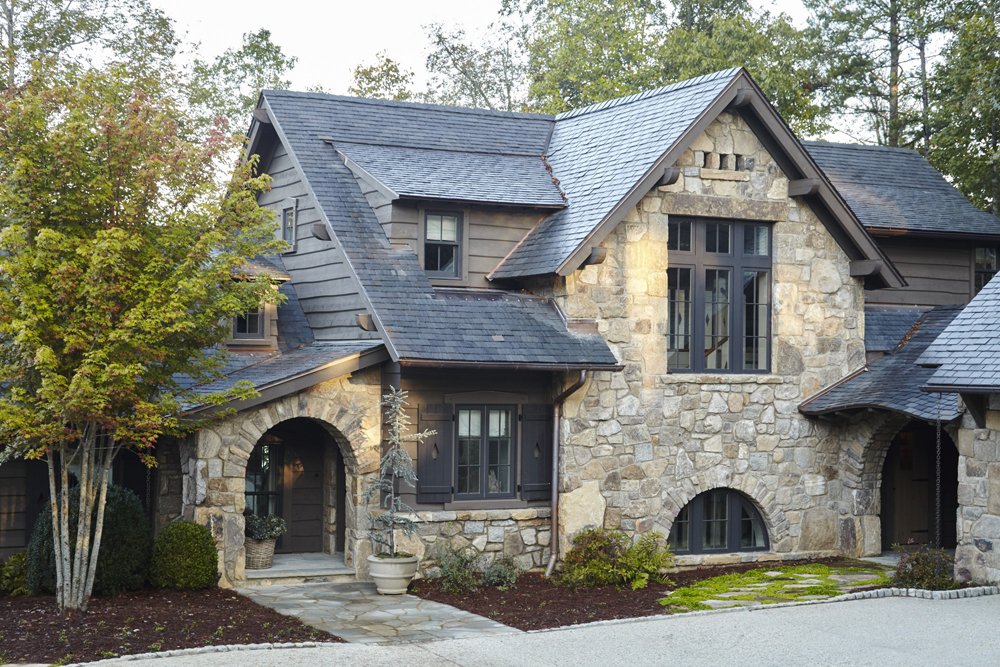Drainage is one of the critical components of effective property maintenance. Whether you are building a new home, commercial building, or an industrial facility, proper drainage should top your priorities. When designing a new build or renovation project, it’s advisable to plan for an efficient drainage system.
A functional drainage system protects your property by preventing water accumulation, which could lead to flooding. A well-designed drainage system will also reduce soil erosion, remove toxic materials and chemicals from an industrial facility, and also destroy habitats for disease-causing organisms.
Trench/channel drains have emerged as the most popular drainage solutions for rapid evacuation of surface water and drainage of chemicals. When using this type of drainage system, you can choose from different materials. Plastic drains offer more versatility and are a more economical option.
This post looks at the functionality of plastic trench drains, their advantages, and accessories.

Variety of Plastics used for Trench Drains
Plastic channel drains are long and narrow and come with trench grates to facilitate the smooth flow of liquids away from a property. These linear drains move water through an underground drainage system. Depending on the application, you have several choices of plastics for your drains.
High-Density Polyethylene (HDPE)
High-Density Polyethylene (HDPE) is a type of plastic renowned for itsbig strength-to-density ratio, which makes it rigid. It has a working temperature range from 212 degrees F to 200 degrees F. HPDE also boasts great UV and chemical resistance, and this makes it ideal for a wide variety of applications.

Polypropylene
Polypropylene is a thermoplast polymer made from monomer propylene and has a working temperature of between 266 degrees F to 340 degrees F. It is another popular plastic used for drains and the rugged material is ideal for outdoor applications. This material is resistant to chemical solvents and acids, making it an option in industrial facilities.
Due to its semi-crystalline nature, it is a more flexible material than HPDE for drain construction. The lightweight nature of Polypropylene makes it easy to install. However, this plastic has poor UV resistance compared to HPDE. Both HPDE and Polypropylene are heat-tolerant and free of toxins.
Fiberglass
Fiberglass is another popular plastic in drain systems. It is an inexpensive material that resists corrosion from acids, bases, salts, sulfur gases, and oxidizing agents. The plastic boasts heat resistance of over 300 degrees F.
Fiberglass drains and trench drain grates have remarkable strength and have load capacity. Their applications range from airport hangers, parking lots, water treatment plants, warehouses, service stations, and other areas.

The Versatility of Plastic Trench Drains
When choosing the best material for your channel drains, you have to consider how adaptable the material is. One of the biggest advantages of plastic drains is the versatility they bring to the project. It is easy working with common plastics, including Polypropylene, HPDE, and Fiberglass. It is one the reasons their application cuts across many areas.
High-quality plastic drainage systems feature innovative design and versatility which makes it easy to apply in different projects from driveways, service stations, warehouses, parking lots, residential areas to commercial buildings.
Plastic channel drains also come in many widths, lengths and styles, making it easy to find the product you need. You can find drains width ranging from 1 inch to 21 inches with lengths going up to 10-foot. It is easy to snap channel sections easily for longer runs, and you can also divide these parts to lengths as short as 4 inches for smaller interlocking sections.
Plastic trench drain grates also come in different patterns and styles. For a long time, the biggest flaws of these important components of the drain system was their simplicity. Today, there are decorative plastic grates in all sizes, shapes, patterns, and colors. It is easy to find a grating system that easily blends with your landscaping.

Economic Benefits of Plastic Drains
The high cost of drainage has seen many beautiful properties fall into dilapidated states. Some property owners and project managers ignore the importance of effective drainage as a way of reducing costs. However, this has a long-running impact on the state of the property.
Plastic drains and trench grating offer a way out by providing an efficient drainage solution at a more affordable price. Plastic drains and grates are more affordable compared to cast iron, cast aluminum, stainless steel, and concrete, among other drain and grating systems.
Using plastic channel drains doesn’t compromise on the quality of drainage. They have a great flow rate, high resistance to corrosion, low maintenance, and lightweight construction. These drains and grates are thus easy to install.
Plastic drains and grates cost lower to manufacture and suppliers pass these cost savings to the consumer. If you want to install a cost-friendly drainage system that will do the job, a plastic trench is a smart choice.
Wrapping Up
Plastic trench drainage systems offer an array of benefits to any project. These drains are versatile, which makes them easily adaptable to multiple applications. These drains are also economical to buy, install, and maintain. Whatever the size of your property, you can now install a highly effective drain system to protect your investment and improve the wellbeing of the occupants. Thanks to Jonite for consulting!
























